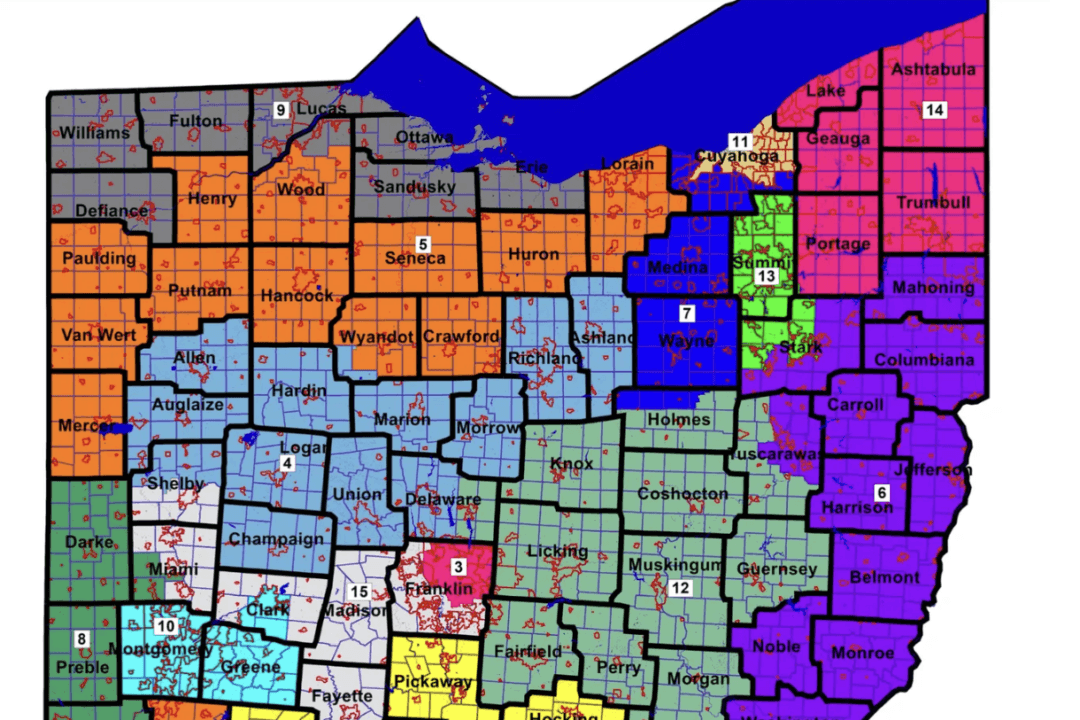As anticipated, the Ohio Supreme Court on Sept. 7 formally dismissed two legal challenges to the state’s post-2020 Census congressional district map, fixing them into place for the 2024 election cycle.
The dismissals were briefly noted without comment in a four-page ‘Case Announcements’ update from the Ohio Supreme Court issued two days after plaintiffs in Neiman v LaRose (pdf) and League of Women Voters of Ohio v Ohio Redistricting Commission (pdf) petitioned to drop their lawsuits.





